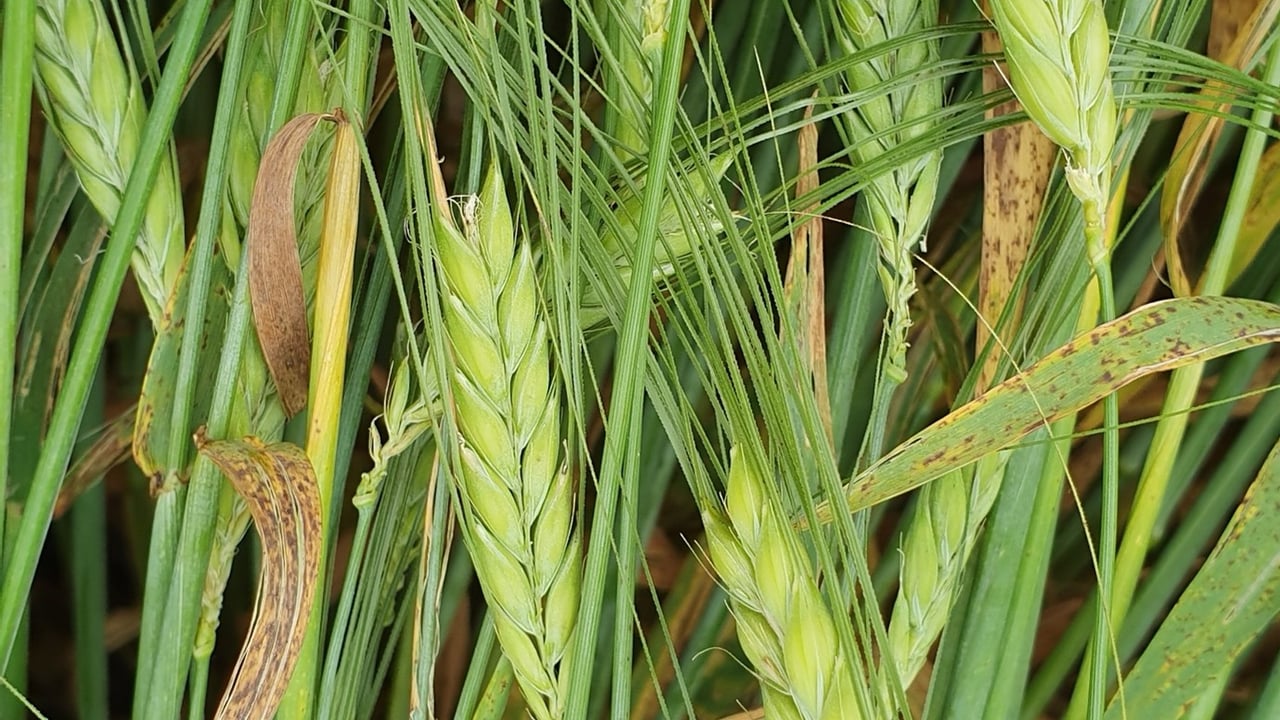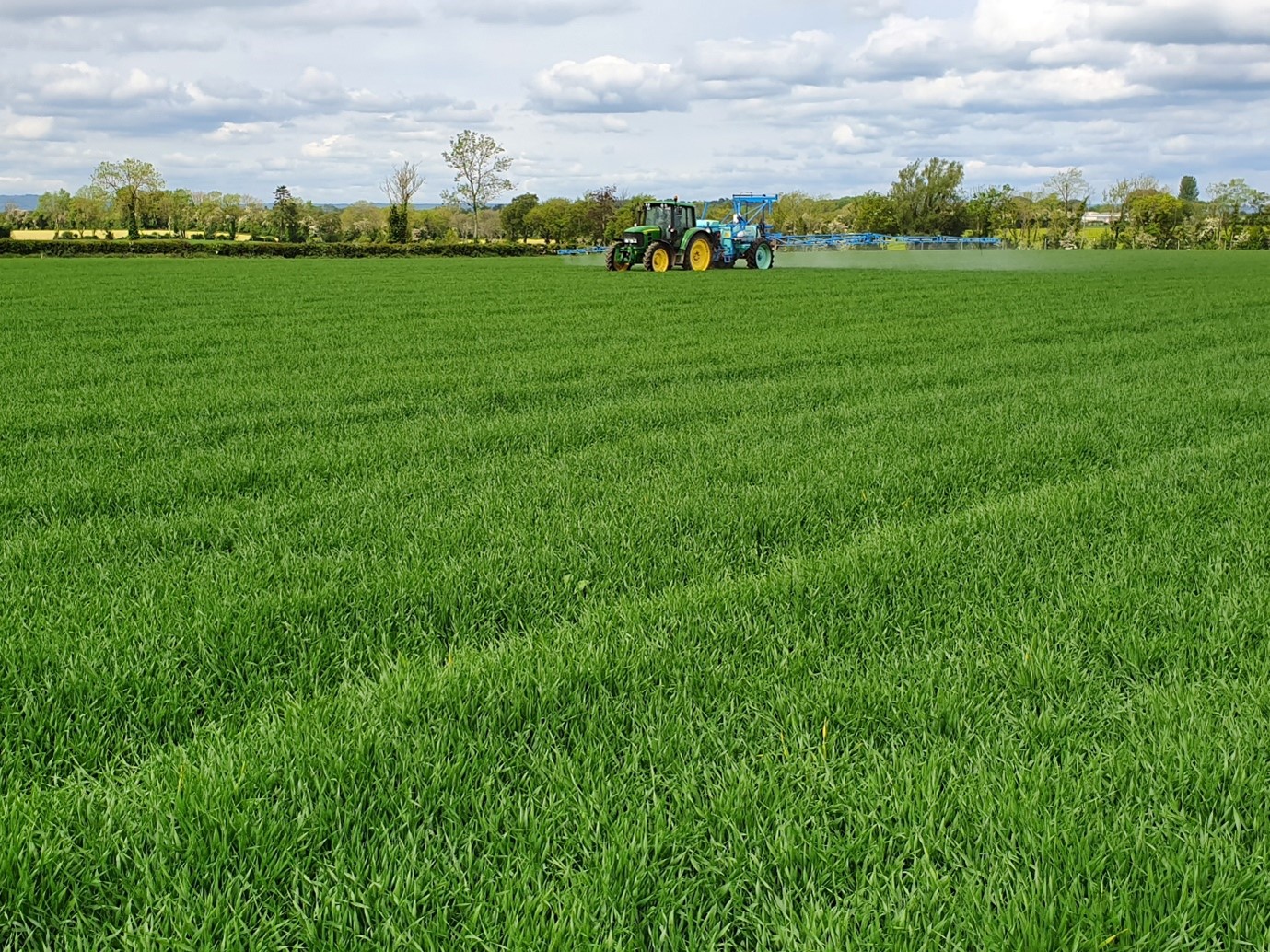Sponsored Article

Sponsored Article
May is a critical month for crop protection
Sponsored Article

Crop protection is a high priority in May, a month of significant growth and development, but also risk.
Winter cereals will see flag leaves emerging. Spring cereals will be focused on tiller formation and retention.
These are important milestones in the crop-yield and crop-quality journeys, where disease and weed control are key.
Syngenta’s John McCarthy gave his thoughts on some of the important fungicide and herbicide applications during May: "Winter barley is heading out and will receive its final fungicide spray in the coming weeks.
"This will need to deliver a full spectrum of disease control with a particular focus on Ramularia," said John.
Reflecting on the loss of chlorothalonil for Ramularia control, he added:
"The triazole part of SDHI/triazole mixes, such as Elatus Era, will provide some activity. It will also need the support of a multisite; Bravo in the past, but Folpet going forward. Our recommendation is Elatus Era at 0.8L/ha plus Folpet 1.5L/ha," he added.
Teagasc has consistently emphasised the importance of the T1 fungicide on spring barley and crop protection.
Ear number is a strong reflection of yield potential in barley and tiller survival is key.
Early, uncontrolled disease leads to weaker tillers and weaker tillers will not survive to form ears.
''Growth stage 30 is the optimum timing for the T1 on spring barley," John said.
It is the ideal time to tidy up infection that has taken place and, more importantly, it protects tillers in the following couple of weeks, as they grow and establish as potential ears.
"Again, Elatus Era fits the bill and a 0.6/0.7L/ha rate will be adequate unless there is a significant curative challenge."
Before reaching T1 fungicide timing, wild oats should have been addressed.
John commented: "Our experience suggests that, if the population is sensitive, and the vast majority are, then Axial Pro will control them.
"Be careful to avoid hormone sprays and to use the full rate of Axial Pro when combining with broadleaf herbicides. Spraying later can also be effective but watch intervals to broadleaf herbicides.
"In addition, shading of wild oats by the growing crop can be an issue with later applications. It is important to get the product on to the tillers as well as the main stem," John added.
Commenting on Syngenta’s new Spray Assist App, which is now available in Ireland, John said:
For more information, visit Syngenta Ireland here
Sponsored Article








